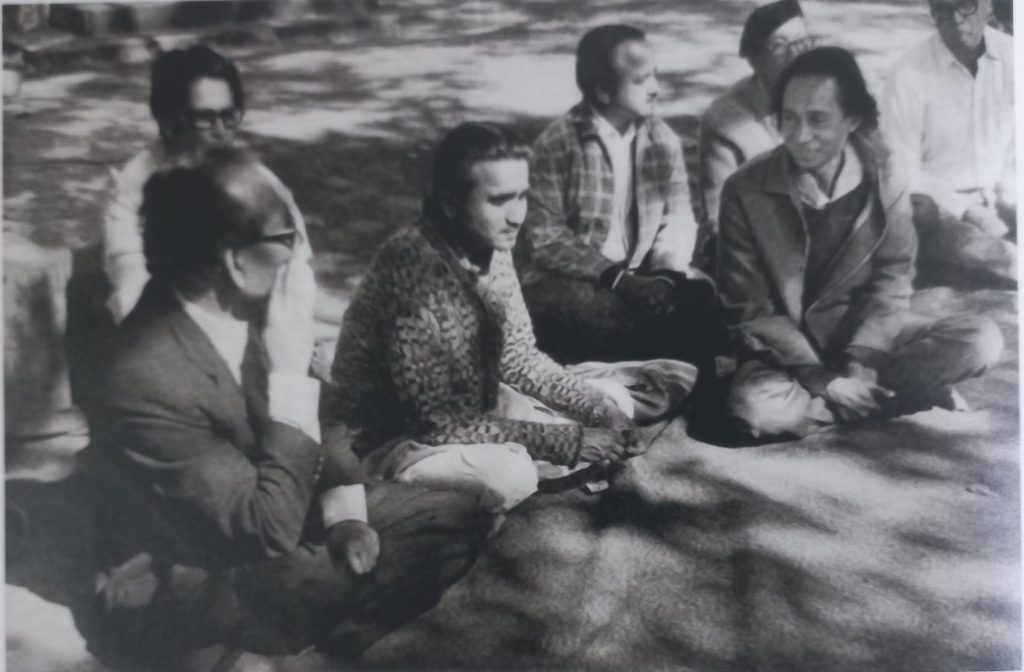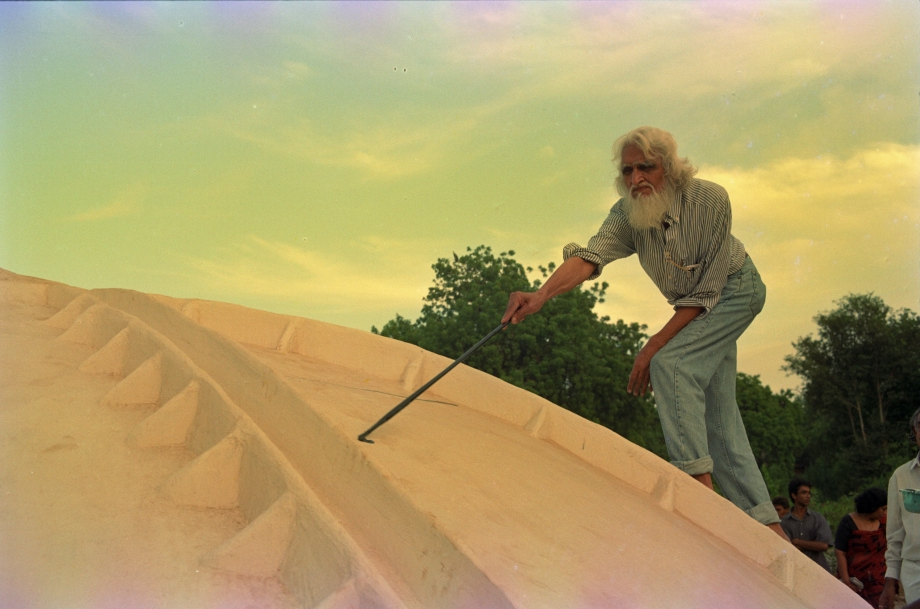As Navratras are around the corner, a time of celebration and spiritual reverence, the image of Goddess Durga riding her lion begins to take centre stage in homes and temples across India. A symbol of divinity and victory, this inspirational motif is as iconic in the sacred arts and culture of the region. However, the lion as Durga’s vahana( mount) represents braveness, strength and capabilities to fight evil. Lions have denoted eminence since time immemorial in numerous forms, from religious iconography to broad cultural representation as a symbol of authority, safeguarding prowess, and royal authority. In this text we will delve onto the subject of how the lion became a through-line in art making, from ancient carvings to medieval paintings and annotated forms. By placing a unique emphasis on the Durga connection, we hope to unmask the perseverance of this king of animals in art traditions and its lofty position during the revered days of Navratra.
1. Ancient Art:
Mesopotamian: Lions, which were a common motif in ancient Mesopotamian reliefs, represent the figure of royalty that all but subdue chaos.
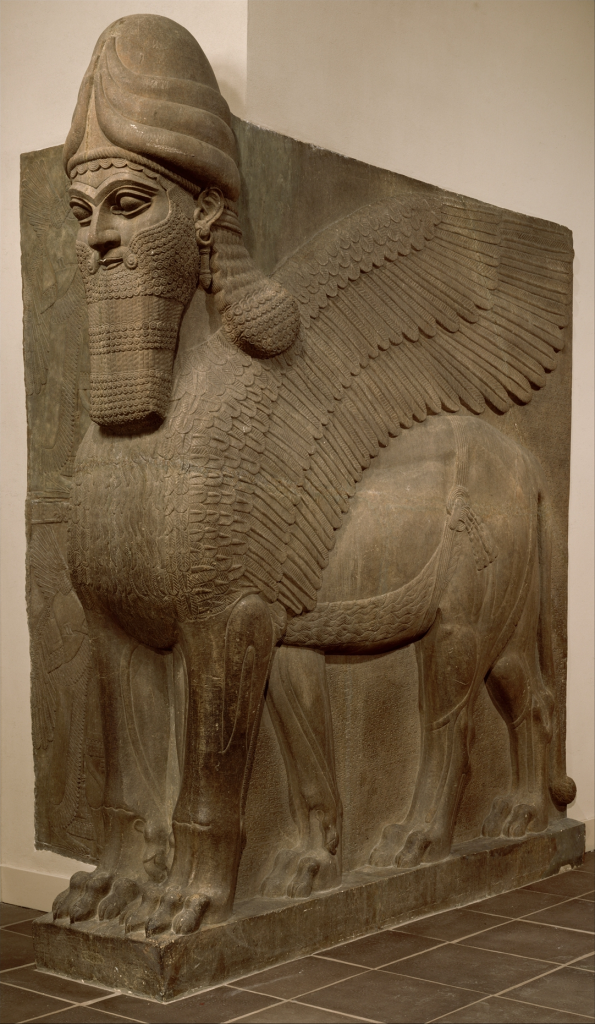
Lioness goddess Sekhmet (Egyptian): War and healing. The most common symbol of Pharaohs is lions since they showed might.

In China: In Chinese art, tigers mean protection and power. The forms that emerged was those of warrior with banners, guardian images in tombs.
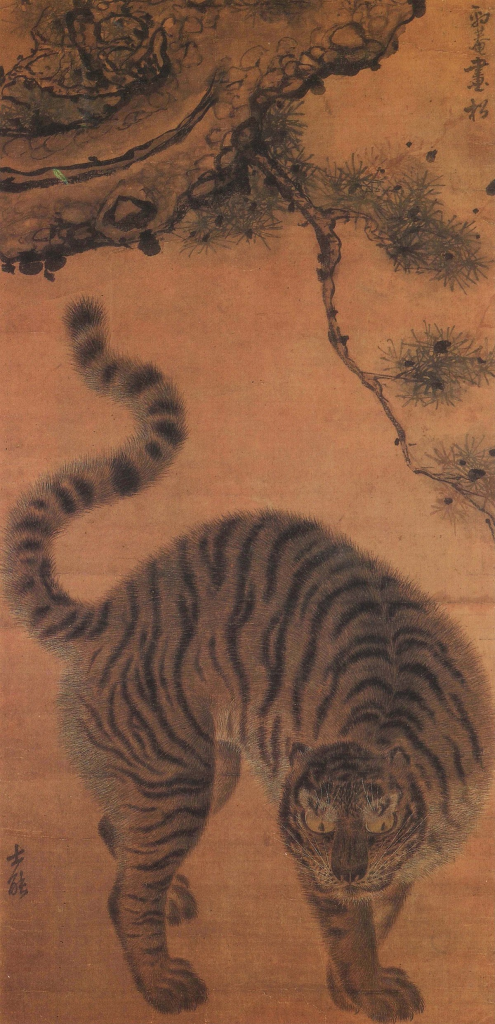
2. Religious Symbolism:
Buddhism- The Lion’s Roar of the Buddha Dharma symbolizes spiritual strength. In Buddhist temple architecture, a lion is similarly regarded as a guardian.
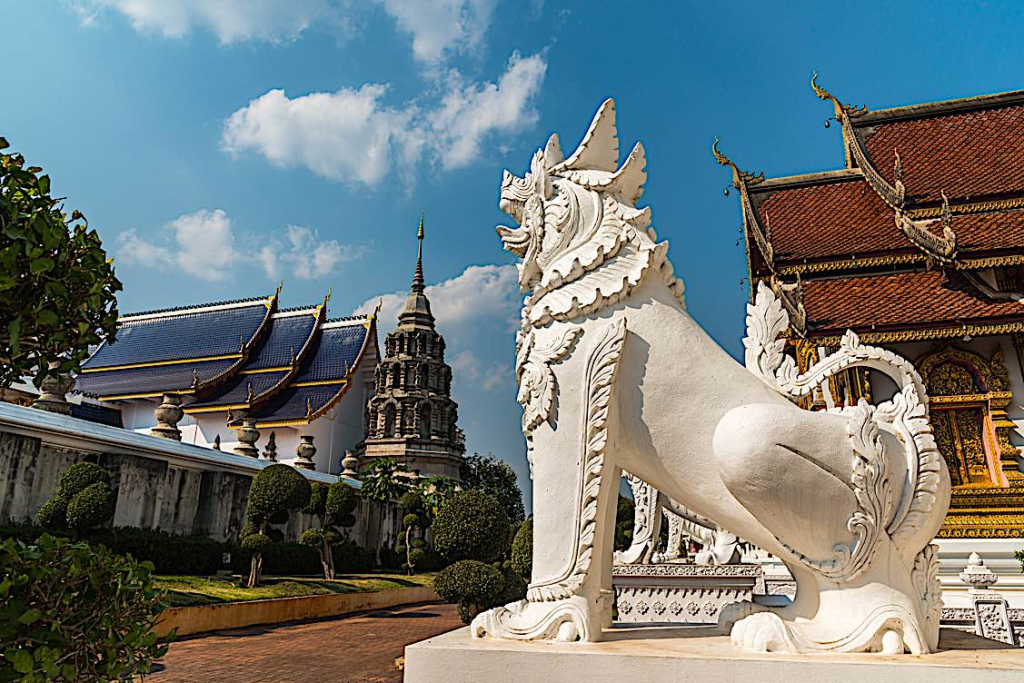
Hinduism: The goddess Durga rides the lion, indicating her strength and protective nature. The tiger is also associated with Shiva, who hold a tiger skin suggesting he has defeated nature.

3. Medieval and Renaissance Art:
True English Heraldry: Lions were a common feature in armorial bearings as the ultimate symbol of strength and valour.

Medieval manuscripts: Lions appeared in biblical stories, such as Daniel in the lions’ den, where they symbolized both danger and divine protection. In this context, lions were often depicted as fierce but subdued by God’s power, illustrating themes of faith and salvation.

4. Asian Art:
Indian Miniatures: Mughal tigers and lions, Indian Miniature — tigers and lions frequently appear in mughal art as part of royal hunting scenes or nature depictions.

Japanese Art: Tigers are fierce animals showing courage and leadership which is the ideal representation of Japanese Art found in Nihonga paintings or traditional screens.
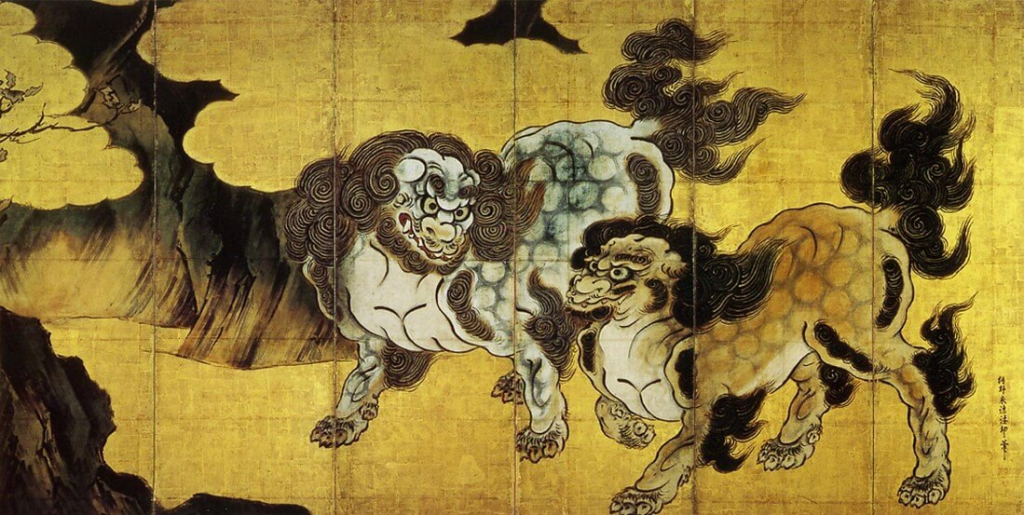
5. Modern Art:
Be it Symbolism or Surrealism: Artists such as Salvador Dalí utilised tigers and lions alike to symbolise subconscious fears and depravity, for instance perhaps best typified by his ‘Dream Caused by the Flight of a Bee’ painting!

A popular trend in modern pop art have been images of lions and tigers, often rendered in bright colours as a representation of strength or the wild within the framework of consumerism.Their existence in art cements their status as physical and metaphorical figures, acting as protectors or predators as well divine or princely personalities.
Feature Image: ‘Durga in Combat with the Bull, Mahishasura’, 19th century painting| courtesy: wikipedia



